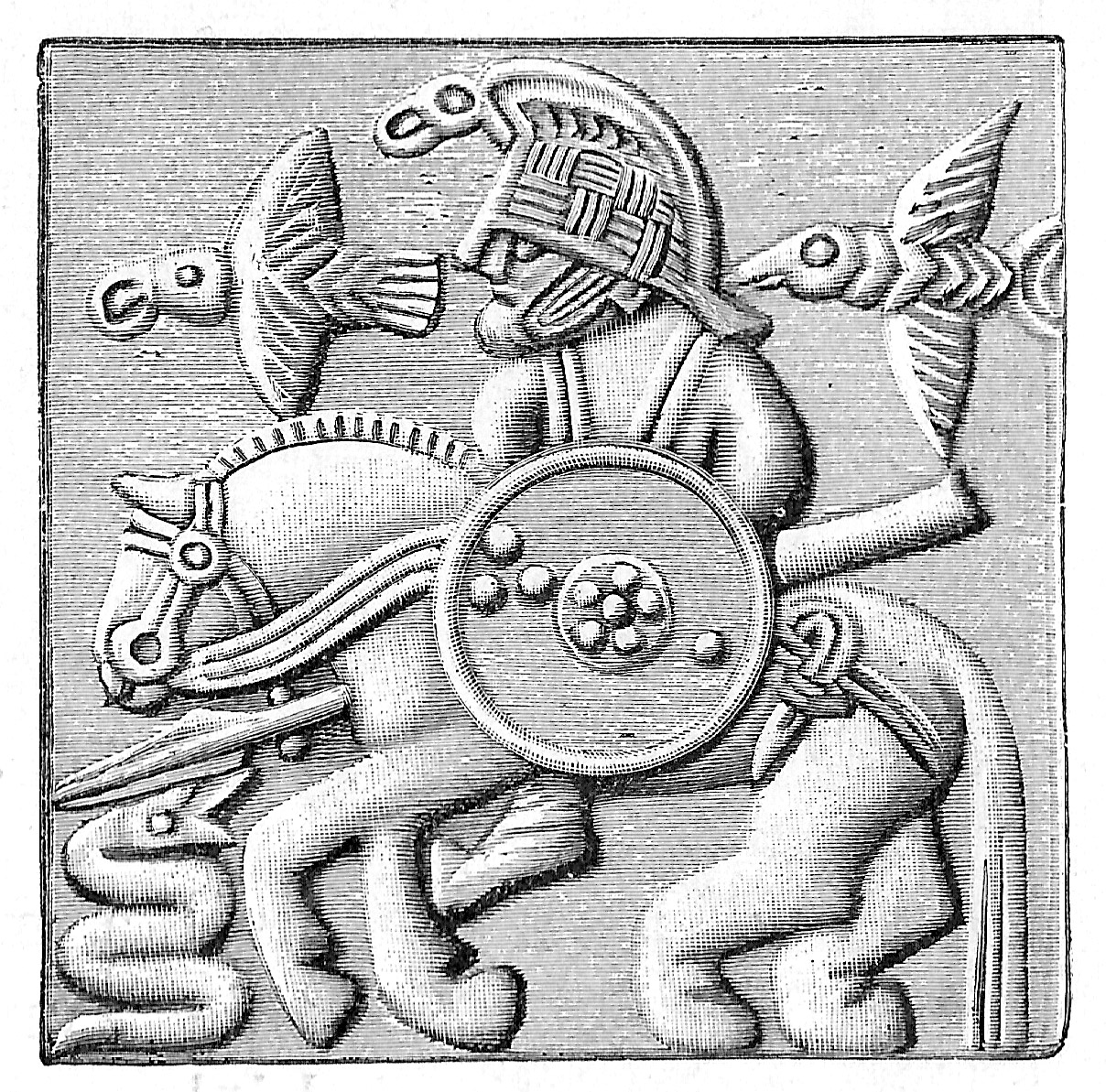
Hammer throw quite accurately describes what reterritorialization is about. The centrifugal (Latin: fleeing the centre) vertigo of the hammer might appear as a straightforward deterritorialization, but is actually dominated by the ego-boosting, centripetal (Latin: seeking the centre), effort of the athlete. Who is the centre of it all? A "me, me, me!" that eventually loses it all. Whereas the javelin thrower produces a centre-fleeing line.
Let us now pay a visit to the early hurlers in the Norse mythology, and compare the two precious weapons of the king of the gods, the one-eyed Odin, and his son, the thunder-deity Thor.
The trickster god in Norse mythology, Loki, happened to accomplish the task of fooling the dwarven master-smiths to give their most wonderful creations to the foremost of the Æsir. T
No wonder that the reterritorializations of Mjolnir, Thor’s hammer-cum-boomerang (hammerang?), appear as more useful and utilizable than the one possible deterritorialization of Gungnir, Odin’s all-piercing spear, that constantly increases the distance between itself and its thrower. Gravity and Celerity.
But the age of the hammer has come to an end. The gravity of the iconoclast's hammer will be substituted, perhaps with the celerity of the javelin - the maker of holey space.
Perhaps we are now entering the age of the javelin, in which:
we have only got one shot,
we are one-eyed,
we must use our intuition.


No comments:
Post a Comment